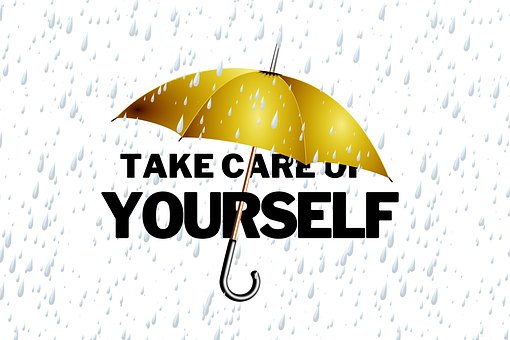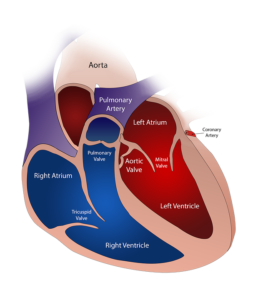
One of the most common diseases that affect the aging population of California is COPD. COPD( chronic obstructive pulmonary disease), is a progressive disease that makes it hard to breathe. “Progressive” means the disease gets worse over time. There is no cure; doctors try to treat the symptoms to relieve the patients’ discomfort. COPD can cause coughing that produces large amounts of mucus, wheezing, shortness of breath, chest tightness, and other symptoms.
To understand COPD, you need to be able to figure out the lungs work. The air that you breathe goes down your windpipe into tubes in your lungs called bronchial tubes, or airways. The airways are shaped like an upside-down tree with many branches. At the end of the branches are tiny air sacs called alveoli. The airways and air sacs are elastic. When you breathe in, each air sac fills up with air like a small balloon. When you breathe out, the air sac deflates and the air goes out.
In COPD, less air flows in and out of the airways because of one of the following reasons:
•The airways and air sacs lose their elastic quality.
•The walls between many of the air sacs are destroyed.
•The walls of the airways become thick and inflamed (swollen).
•The airways make more mucus than usual, which tends to clog the airways.
COPD is made worse by a lot of dust in the air or on days that smog is really high. The smog and dust will close the airways, causing a person to have even more difficulty breathing.
 California has recently passed some new emissions control laws to help people with lowered lung capacity. These laws require trucking companies to operate trucks that have a new pollution control system. The new pollution control systems are projected to decrease the amount of fine particulates (smog causing) released into the air by as much as 75% to 85%. These laws don’t go into effect until 2010. Although the new laws are coming in the future, they represent a ray of hope for COPD sufferers.
California has recently passed some new emissions control laws to help people with lowered lung capacity. These laws require trucking companies to operate trucks that have a new pollution control system. The new pollution control systems are projected to decrease the amount of fine particulates (smog causing) released into the air by as much as 75% to 85%. These laws don’t go into effect until 2010. Although the new laws are coming in the future, they represent a ray of hope for COPD sufferers.
COPD patients can reduce their symptoms by making a few changes in their lifestyles. The biggest is to move away from the smog centers in California. Not everyone can do that, so try some of these other things: avoid lung irritants, get ongoing care, manage the disease and its symptoms, and prepare for emergencies.
Avoid lung irritants means to stop smoking, and avoid air pollution as much as possible. You can avoid air pollution by closing your windows and have filters on your air condition that filter out the smallest particles as possible. Visit your doctor regularly to receive ongoing care and to manage your illness and all of the symptoms as they appear. Prepare for emergencies by having inhalers on hand and oxygen nearby.
States are trying to pass laws to lower air pollution, treatment is getting better, and patients are becoming more aware. While a cure is not on the horizon, treatment and prognosis is improving.
